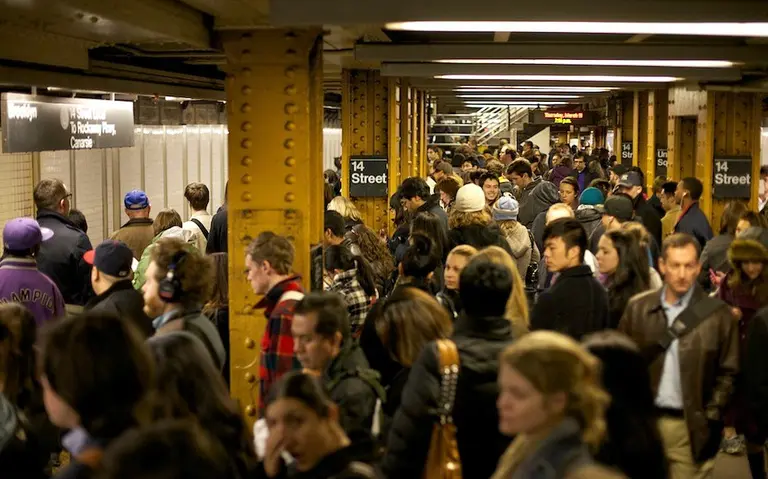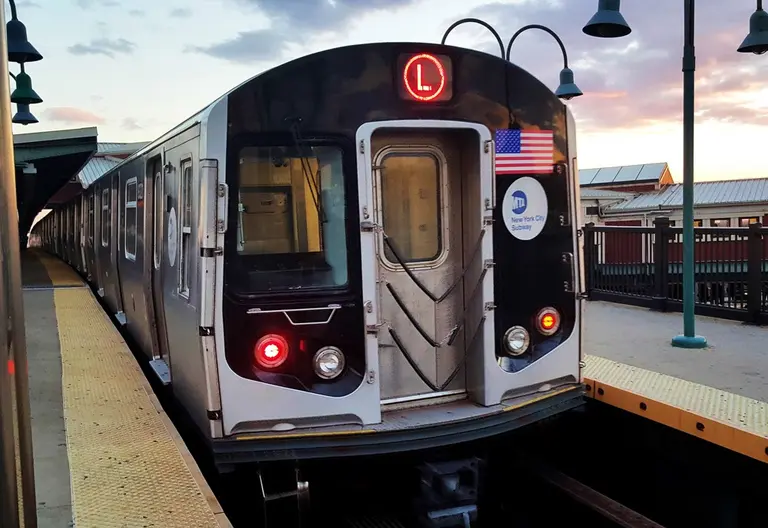
Photo via Dan Phiffer’s Flickr
Could legalizing marijuana be the state’s solution to fixing the NYC subway?
Find out more

Photo via Dan Phiffer’s Flickr

Photo by Vladimir Badikov via Flickr

Red Hook waterfront, photo via Sunghwan Yoon on Flickr

Construction workers giving a tour of the Second Avenue subway in 2015, photo via the MTA on Flickr

Photo by Anthony Quintano/Flickr

Photo via Pixabay

Photo of a C-train via Wikimedia

Photo via Wikimedia

Photo of the L-train via Wiki Commons

Photo via Wikipedia

The 7-train will be getting the biggest boost in service this spring, photo via Wikimedia

Image via WNYC

Photo via Wikimedia Commons

E-train at the World Trade Center station, via Wikimedia

Photo courtesy of the MTA on Flickr